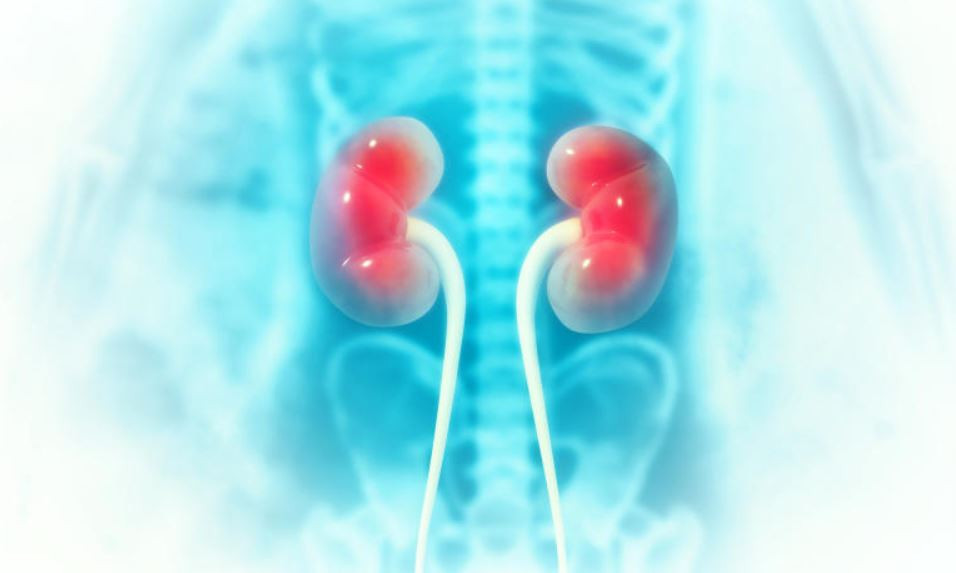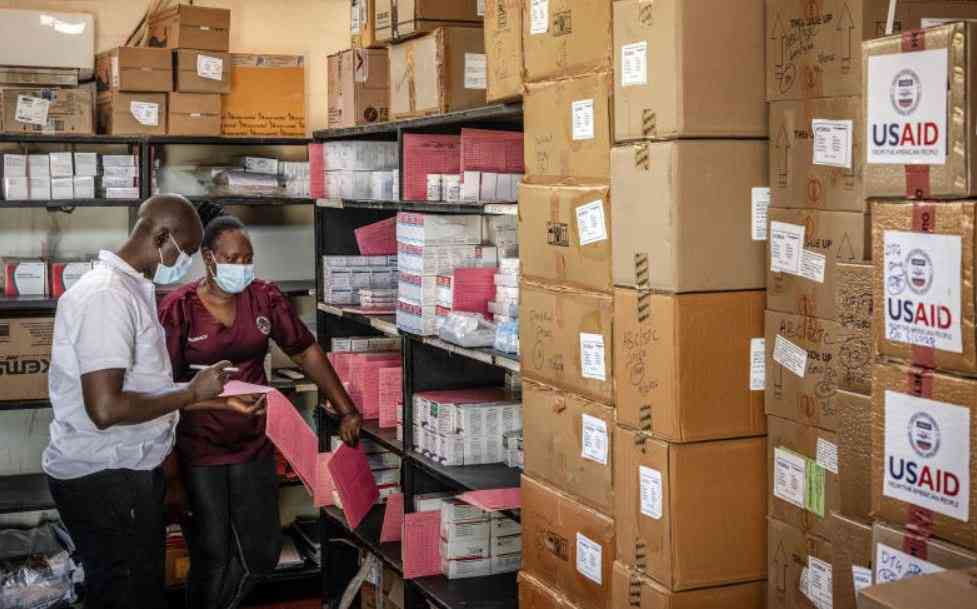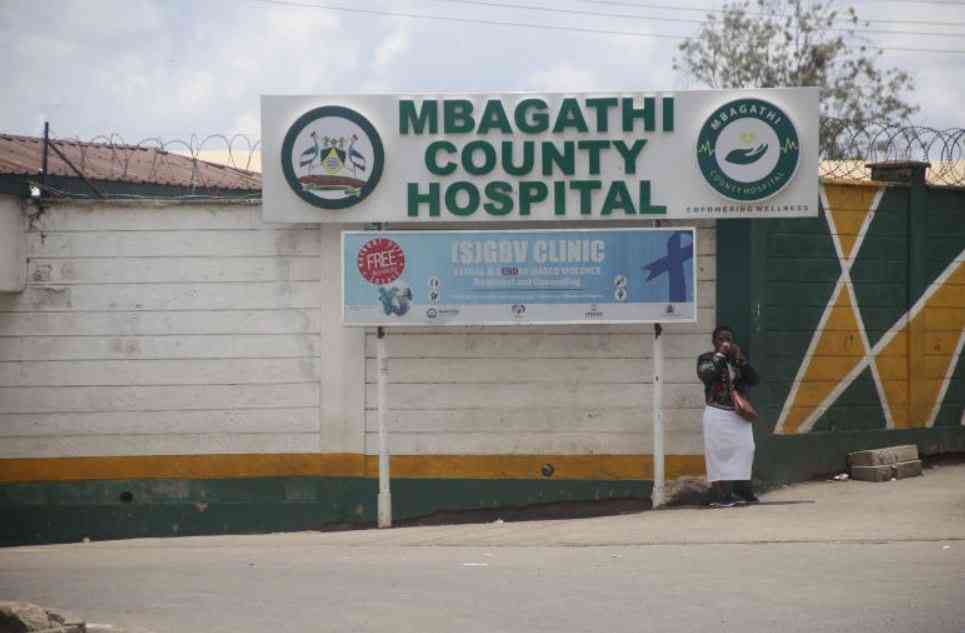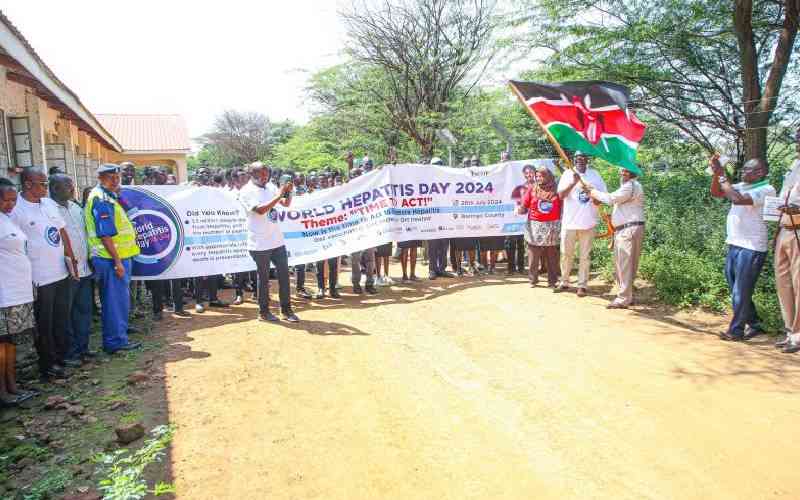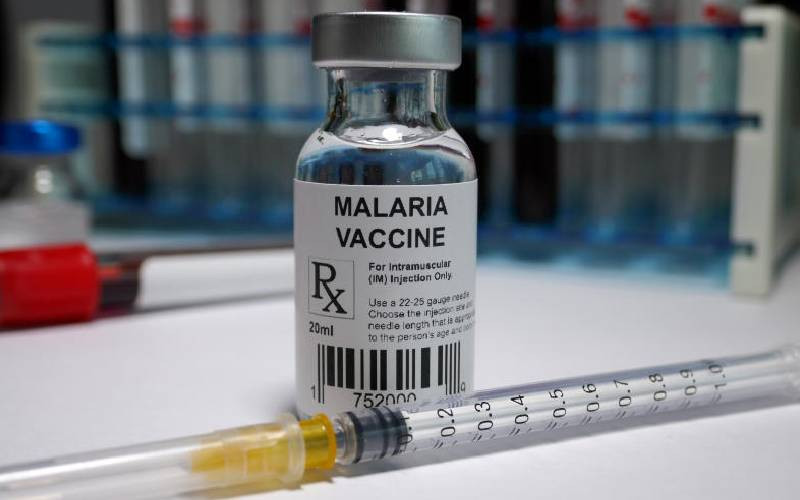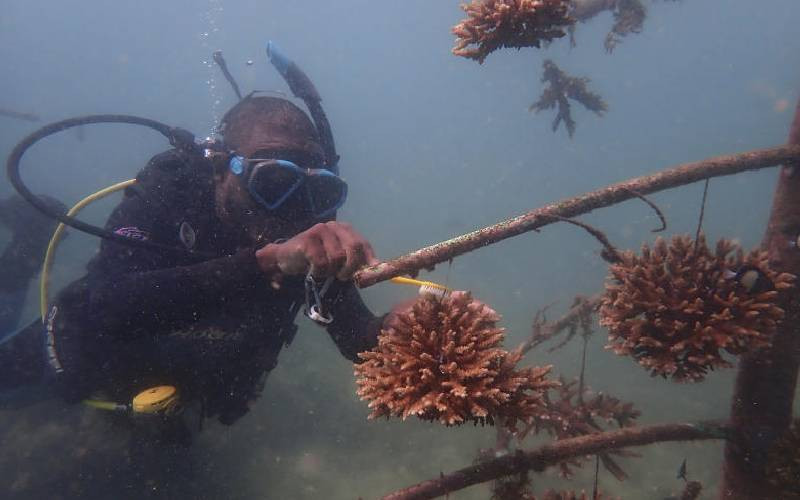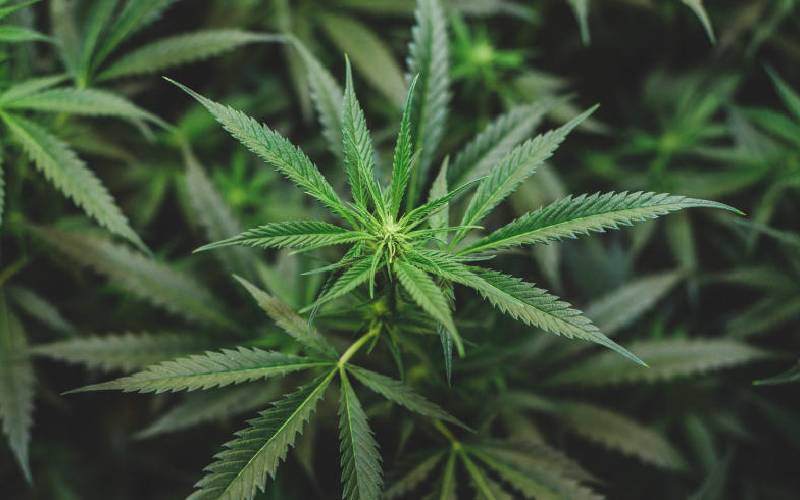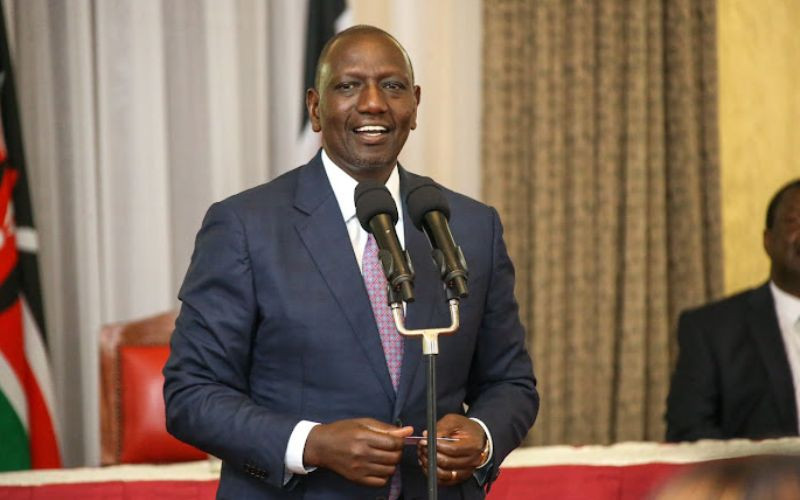
President William Ruto flagged off more than 20,000 oxygen cylinders, to serve at least 320 medical facilities in all 47 counties.
This aims to boost oxygen supplies in hospitals across the country.
This comes after the Ministry of Health's report on low oxygen availability in counties as of March 2021, with just 16 percent available.
Most countries in the world were hard hit, by oxygen shortage during covid 19 period, a situation that called for more investment in the oxygen supply chain to support those in need more so hospitals.
According to a survey done by a survey of emergency care centers across Kenya, over 30 percent of the facilities in Kenya do not have a regular supply of Oxygen, with the World Health Organization including medical oxygen in the list of essential medicines.
In 2021, it was estimated that 73 million people with low blood oxygen (hypoxemia) attended healthcare facilities in low- and middle-income countries (LMICs), and of those, only 22 million were suffering from COVID-19. Many more people, including 32 million children, seeking healthcare in these facilities needed oxygen due to other conditions and routine procedures, for example, if they were undergoing anesthesia during surgery.
Given the essential nature of medical oxygen, these healthcare facilities in middle and low-income countries did not have an adequate supply of medical oxygen to treat patients, a situation that led to preventable loss of life.
Approximately half of the healthcare facilities in lower and middle-income countries do not have reliable access to medical oxygen. Even though medical oxygen is included in the World Health Organization's Model List of Essential Medicines, meaning it is a product that should be available in every country's health system.
- Khalwale criticises Ruto over the closure of St Mary's Hospital in Mumias
- Ruto defends Universal Health Plan amid mounting criticism over SHA rollout
- State will clear Sh5.3b defunct NHIF pending bills, Duale says
- Ruto signs deal to mobilise Sh12.9 trillion for Africa's green industrial initiative
Keep Reading
The fact that just a handful of gas companies produce the vast majority of the global supply of medical liquid oxygen, it is critical to the well-being of people living in Kenya that companies that produce oxygen scale up access to this product as a priority.
In Kenya, a report published in 2020 by the Ministry of Health, recommended the need to scale up medical oxygen availability in public hospitals as oxygen availability was higher in privately owned facilities.
"With a small number of companies responsible for the world's supply of medical liquid oxygen, the role they play in the global health ecosystem needs to be prioritized. Medical gases are a small part of these companies' business, yet society needs them to ensure this vital lifeline is available both during emergencies and to meet the daily medical oxygen needs of all health systems." Says Jayasree K. Iyer, CEO, of Access to Medicine Foundation.
This health priority cannot be resolved easily until gas companies' committees expand and improve access to the life-saving product they produce
"Some of the companies in scope have demonstrated the steps they are taking to improve access over the long term, but clearer commitments are required.
The priority areas for action set out in this report show gas companies what they can do to prioritize and invest in LMICs, be proactive in finding new ways of increasing supply, and engage in long-term sustainable approaches to access." Says, Johann Kolstee, Research Programme Manager, Access to Medicine Foundation
Now that the immediate public health emergency (Covid 19) has passed, experts say, it is time to put more focus to address gaps in access to medical oxygen in middle and low-income countries.
Even as efforts to solve oxygen shortage go on, challenges abound. Poor infrastructure in hospitals and a fragmented supply chain of hospital supplies need to be fixed to ensure the all-time availability of oxygen.
However, gas companies can also play a critical role in helping to overcome some of the challenges, in particular by pursuing and formalizing long-term partnerships with governments and global health stakeholders. Oxygen companies like Air Liquide and Linde have already formalized partnerships with global health organizations to address access gaps in lower-middle-income countries, with both companies entering into Memoranda of Understanding with Unitaid and the Clinton Health Access Initiative (CHAI) to improve access to the commodity.
 The Standard Group Plc is a multi-media organization with investments in media
platforms spanning newspaper print
operations, television, radio broadcasting, digital and online services. The
Standard Group is recognized as a
leading multi-media house in Kenya with a key influence in matters of national
and international interest.
The Standard Group Plc is a multi-media organization with investments in media
platforms spanning newspaper print
operations, television, radio broadcasting, digital and online services. The
Standard Group is recognized as a
leading multi-media house in Kenya with a key influence in matters of national
and international interest.

